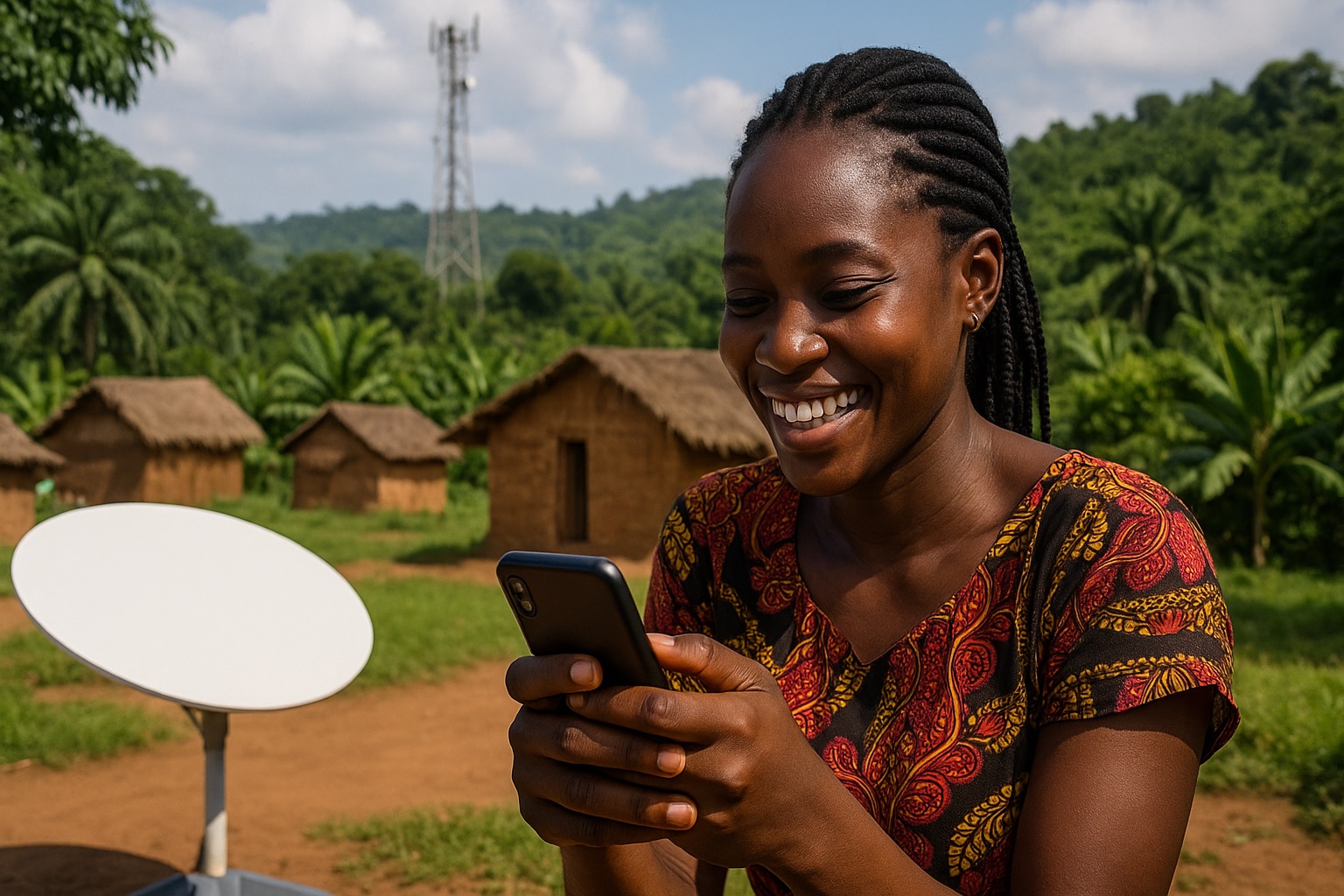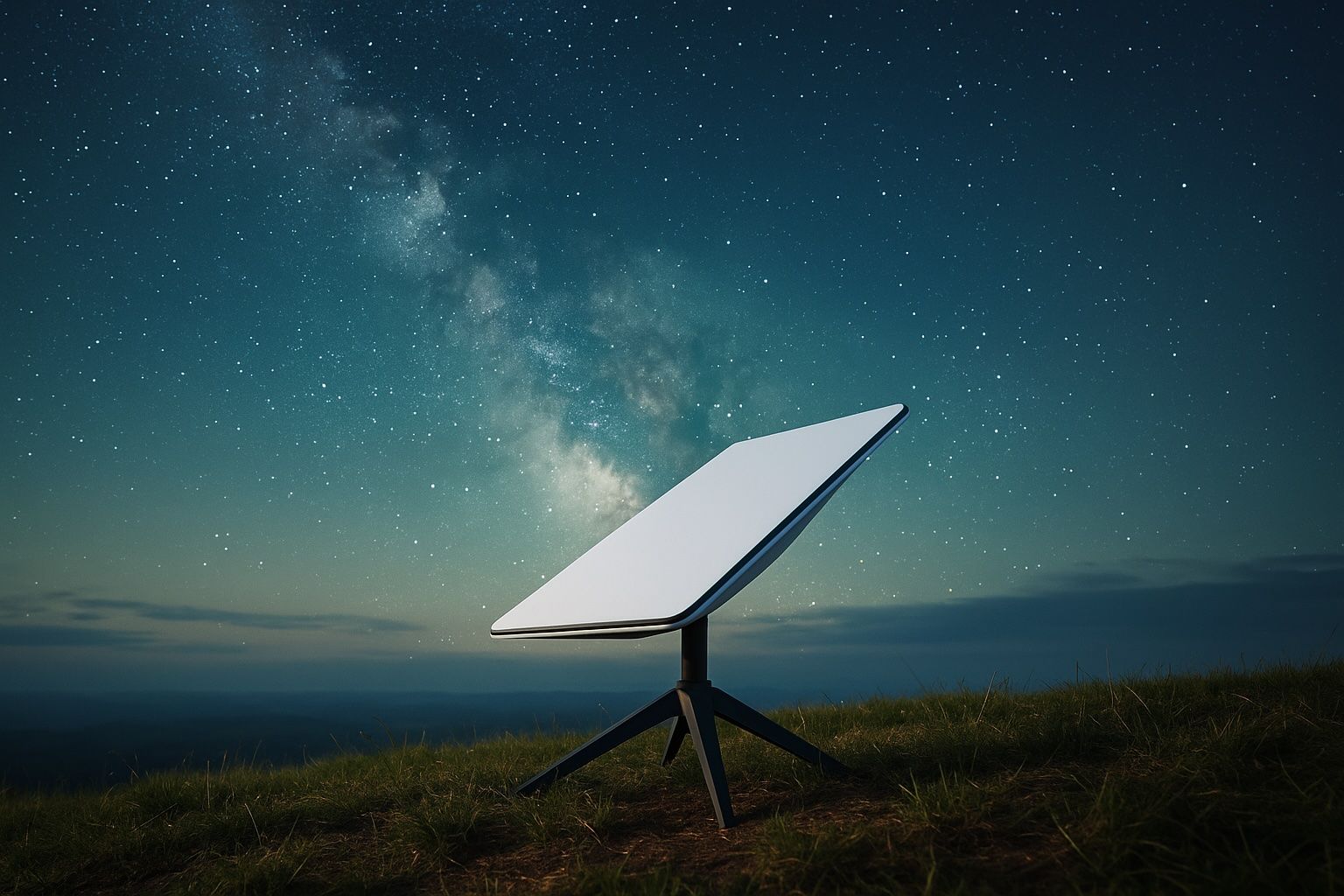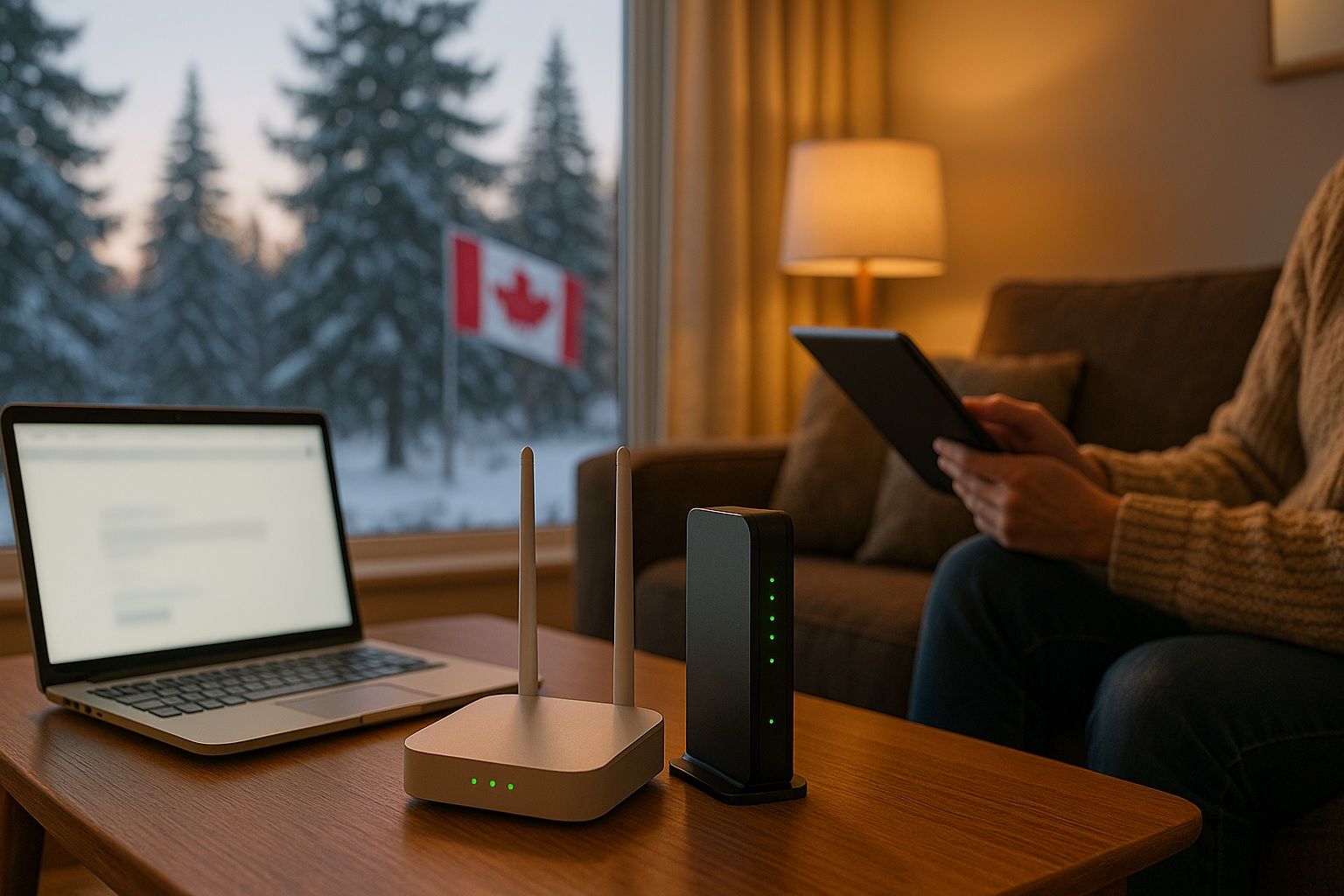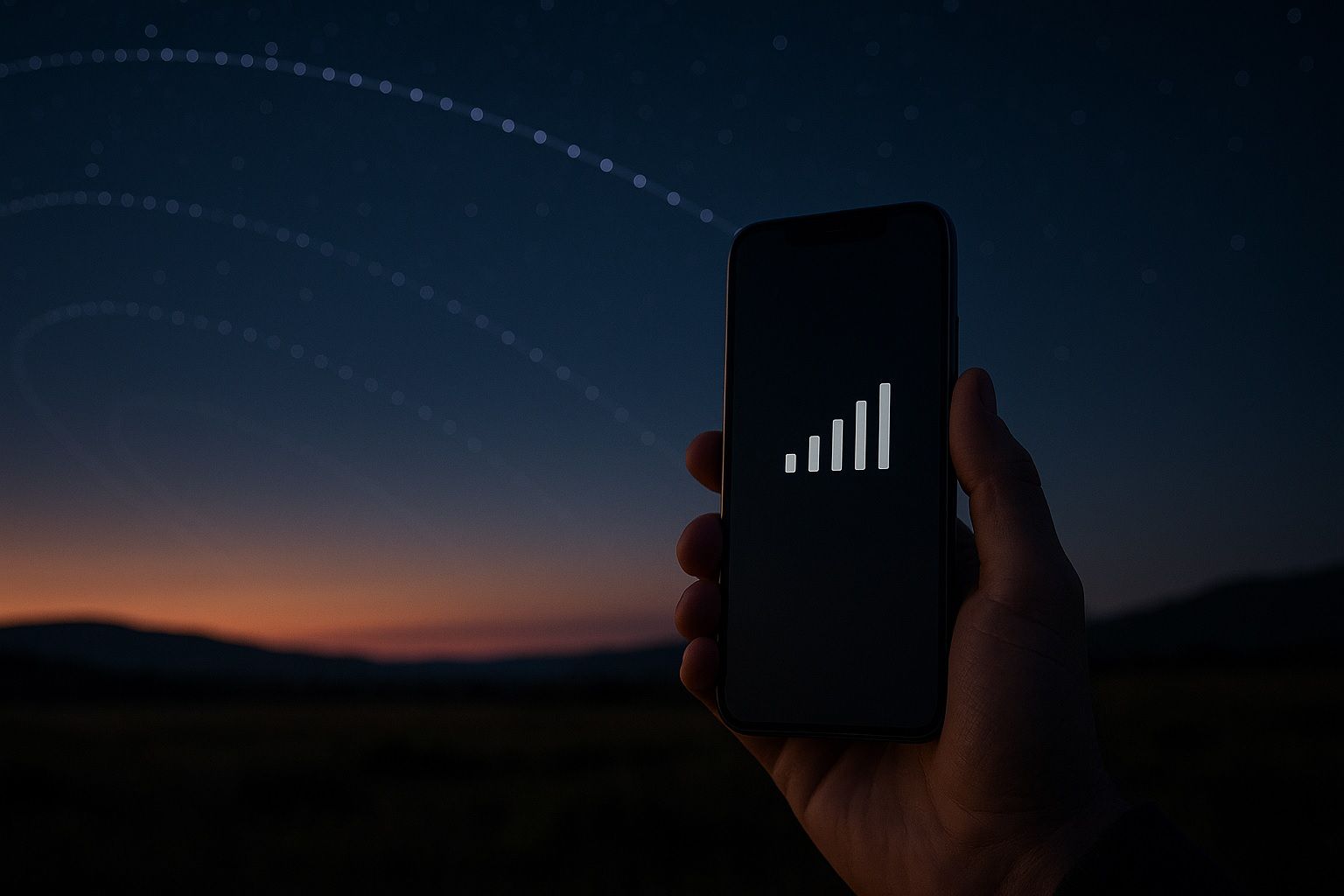
No Signal: The Shocking Digital Divide in the DRC and the Race to Connect Millions
The Democratic Republic of the Congo has a population of over 100 million, but only about 27% were using the internet in early 2024, leaving roughly 75 million offline. <li Internet users rose from 1.4 million in 2013 to 28.9 million in 2023, with mobile internet subscribers jumping about 40% over three years. <li As of 2025, only 9,361 km of fiber has been laid, far short of the 50,000 km target in Horizon 2025, covering about 19% of the plan. <li The DRC’s four major mobile operators—Vodacom, Airtel, Orange, and Africell—dominate the market, with 3G/4G in major cities and










